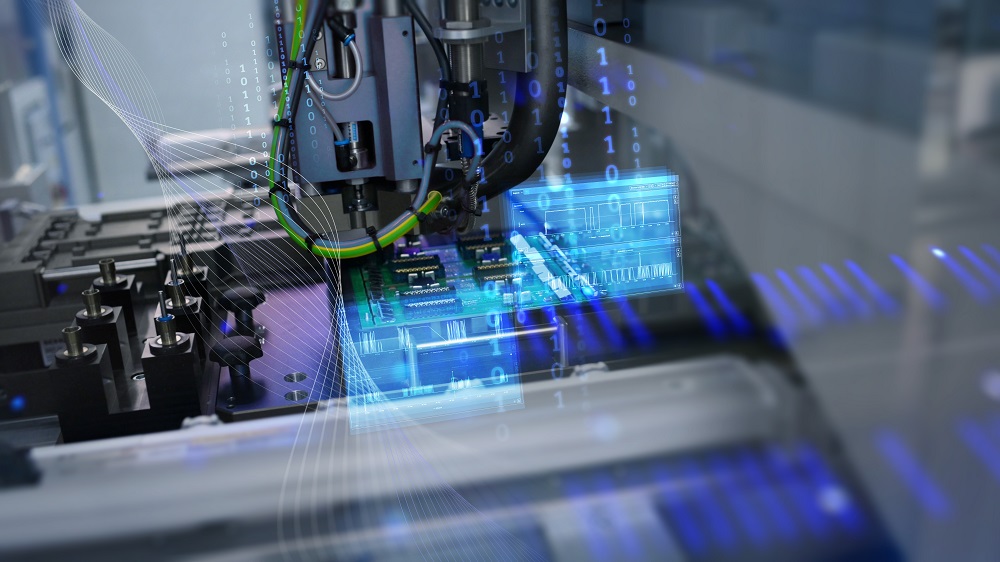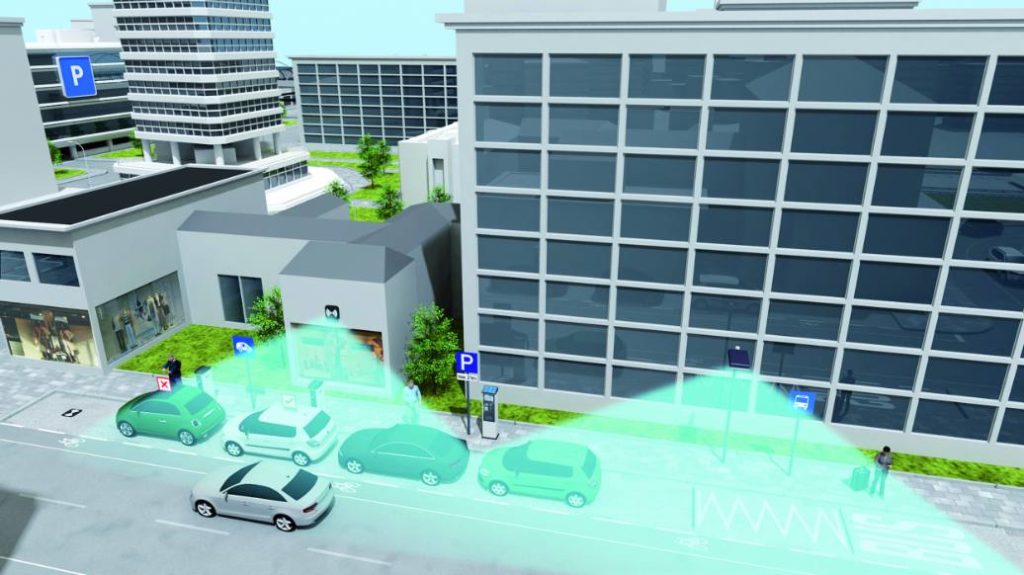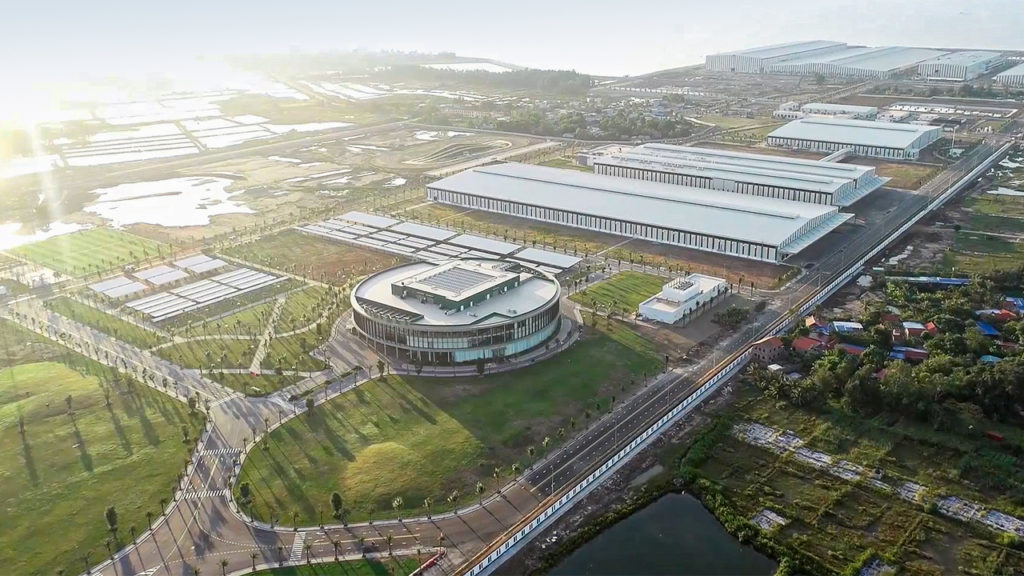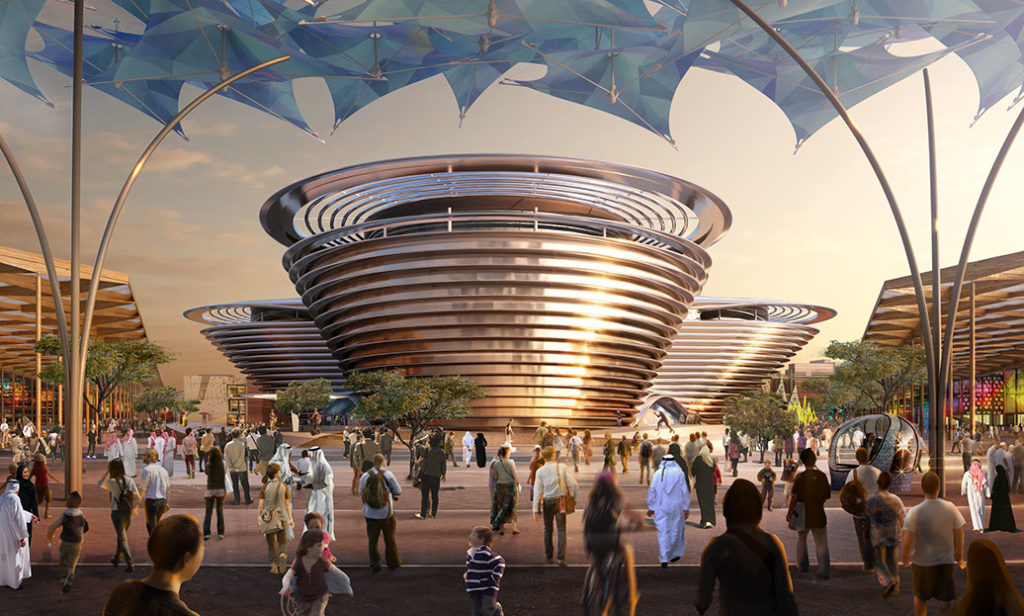Where today meets tomorrow: harnessing the power of AI (part II)

In our previous blog, Where today meets tomorrow: harnessing the power of AI (part I), we discussed the “data bottleneck” slowing down the implementation of AI in many applications and the role of a comprehensive digital twin in overcoming it.
In this post, I’d like to elaborate on the role and of the digital twin and the “shape” it takes as products become parts of interconnected systems, how it is present in development as well as production and operation of any complex, connected product. We will also take a deeper dive into this technology and its use for mobility.
How AI works in a product closely connected to a comprehensive digital twin
An AI chip for autonomous driving resides in a vehicle that must interact and communicate with other vehicles and navigate within a larger urban environment. That is why it’s estimated that an autonomous car must go through 11 billion miles of testing before being assured it is safe enough for the road, according to RAND Group. So, it’s clear that road testing is not a feasible approach to the validation of autonomous functions and advanced driver assistant systems.

The digital twin – the comprehensive digital representation of the product, its design as well as behavior – can create the data that are too costly to gather in the real world. By leveraging the digital twin, verification tasks can systematically cover different lighting and weather conditions. To do this, they rely on the digital twin of the vehicle: a complete virtual representation of all design aspects, whether mechanical, electronic, electrical or software and complete simulation of every functional and behavioral aspect of that vehicle.
Once there is a high-fidelity virtualization of the physical product down to the software and AI electronics, it’s possible to virtually test the vehicle in almost any simulated driving conditions imaginable.
For example, designers can see the deceleration pattern in the case of an emergency braking when a simulated pedestrian runs out in front of the car. If the “jerk” it is too drastic, a design engineer can optimize it – virtually!
This is key for the productive use of AI and deep learning functionality where this virtual environment, using a comprehensive digital twin, produces more reliable training and test data than road testing ever could.
Extending the Digital Twin to Production
In the same way the actual product is represented completely in the digital enterprise, the same is true for the production and supply chain process. Everything from robotic movements and workflow to energy consumption can be tested, simulated, verified or optimized virtually before moving into production.
Vinfast, a Vietnamese-based automaker, built an automotive plant in greenfield spaces that was capable of building cars in just 21 months, 50 percent faster than usual. A holistic approach of the Siemens Xcelerator software portfolio combined with the company’s automation technologies has increased the speed and flexibility in development, ensured high global standards in production, optimized the manufacturing process, and made the entire plant future-proof for further expansions and new business models.

There are hundreds of steps in the manufacturing environment that require gathering and processing data in real time to derive recommendations. The cloud in the long run will not be cost efficient or real-time responsive enough to do that job. Instead advanced factories rely on edge devices in the manufacturing line that utilize deep learning algorithms to make instant decisions.
Applying AI and IoT to make cities smarter and more sustainable
Given the continued trend toward urbanization, the challenge of managing the environment, energy efficiency, and mobility is ever-increasing. With the pressure to make cities more sustainable, there is gigantic growth markets with lots of opportunity in the area of smart cities and smart mobility.
Dubai airport is a leader when it comes to applying artificial intelligence for better efficiency: They are researching AI to support immigration officers, baggage handling and air traffic management. This may be the first airport where a passenger walks out of the terminal and is greeted by an autonomous car, baggage already loaded.
On top of that, Dubai will be a perfect place to learn about the potential of smart cities at their Expo 2020 starting in October with an expected 25 million visitors from around the world. During the six-month exhibition, the city will interact with other systems and use AI and cloud technologies to gather real-time information to optimize the flow of energy, people, and information. This will enable a “blueprint for future smart cities”.

Summary
In the past, building a car was a separate entity whereas now it is about creating integrated mobility solutions that span all the way from the chip to the city, the concept of vehicle-to-everything (V2X) that is the foundation of vehicle autonomy. This includes building important strategic or ad hoc partnerships.
The chip is taking a bigger role in driving innovation and differentiation, and this will be the foundation as we continue to build smart cities. We see more and more functionality, especially artificial intelligence and deep learning functionality, reside in not just highly-specialized semiconductors but also in more and more products we use every day.


